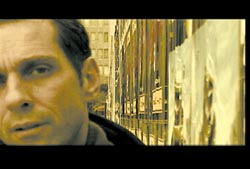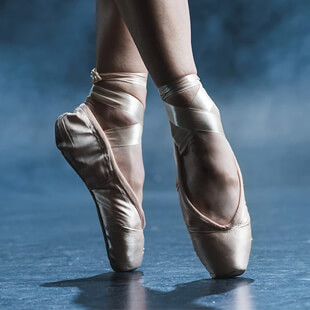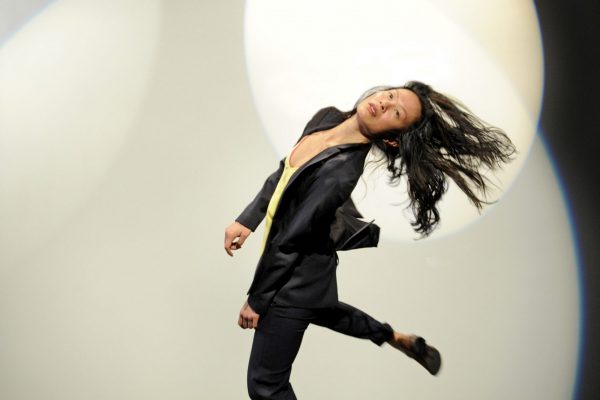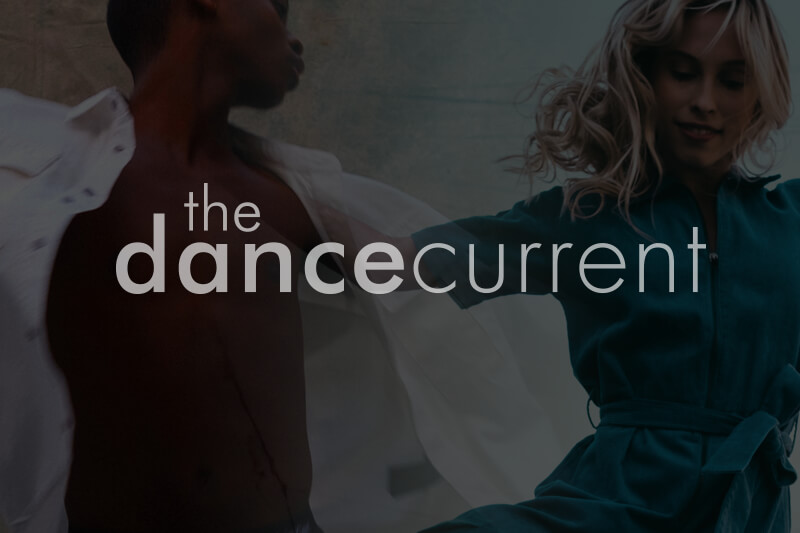In “Cinq voix, cinq visages”, choreographer Jane Mappin conjures up a whole community of dancers, singers, storytellers and a mixed-generation cast, in a ninety-minute medley of stage performance along with video interviews and moving images. Mappin says she’s fascinated by the idea of memory. In interviews, she has repeated that the idea for this work took hold when she and her daughter Antonia were sitting on a lakeside dock. Mappin jumped in the water and swam away, slowly disappearing into the horizon. She looked back, and not only did she see her daughter looking somewhat distraught, she says she experienced something incredibly powerful — bloodlines that floated across the water: “I was her in the future and she was me in the past,” she’s said.
“Cinq voix, cinq visages” is about memory and uses the metaphor of childhoods left behind as impetus for a series of stories that, in miniature, explain whom we are. Mappin’s strong technical dancers perform solos interspersed with video interviews (by Bernadette Houde and Joel Taylor) in which they muse on a personal story and go back in time. Mappin crafts a non-narrative feminine world that is very personal, and yet the stories and each solo are worlds apart from each other, dramatically, culturally and aesthetically. Theatre artist Serge Ouaknine provides some frenzied text, which the cast recites, about insects and the insect inspiration he sees around him and in Mappin’s work. He writes about choreography, the creative process and art criticism. The busy texts are zany, and slightly incoherent; however, his bit about critics as scorpions gives the audience cheer.
Mappin began choreographing at Le Groupe de la Place Royale, now Le Groupe Dance Lab, in Ottawa. She says theatre and text were her preferred tools at that time, with almost no dance. When she returned to her hometown of Montréal in the late 1980s, her goal was to develop a personal aesthetic. Over the years, she’s been criticized as largely formalist, not edgy enough. With this piece it appears the choreographer has opened a new chapter in her work, where the movement vocabulary is expressive, and her facility with broad, long-limbed, open-bodied gestures is quiet and emotional. Mappin doesn’t punch up her sequences; she’s not interested in tension leading to a climax, but in moods and states of being. The dance on the whole looks much looser than previous work, and it feels that she’s (wisely) invested in the performances and the atmosphere in the piece.
The absorbing, intelligent multi-disciplinary work has much to recommend it: most specifically an exceptionally gifted cast; some potent screen images; varied, expansive and vibrant physical movement vocabulary; and a subtlety in her choices for the musical score (excerpts from Cage, Verdi, Scarlatti, Bob Dylan and John Tavener. The adult performers (Irène Galesso, Sophie Janssens, Mathilde Monnard, Chanti Wadge and Mappin) are excellent, and they, with singers Sandra Luciantonio and Claude-Marie Landré (whose original music is sung), mix with five young girls (Antonia Mappin-Kasirer, Ophélie Dubois, Clémentine Labreque, Guilia Pool and Béatrice Merrigan-Thompson). There is terrific supporting work from the young performers, all around the age of seven. Their spontaneity and exuberance is something that can almost be expected, especially as they apparently attend performing arts schools. What is surprising is that Mappin has rehearsed these youngsters to the extent that while they are always cute (and the audience responds on cue when they enter and exit), they are comfortable and confident enough on stage that they flesh out their captivating presence, and lend a modest, compelling poignancy rather than detracting from Mappin’s exposition. It’s clear they delight in their experience and, more so, so do we as audience members.
If there’s a complaint, it’s that at times the big video images distract us from the dancing. Mappin faces the old problem of the screen image overwhelming the real-time physical body. Still, the screen images she’s chosen magnify a melancholy that serves Mappin’s theme well. The video material needs tightening (and maybe then it would be fairer to likewise gauge the choreographed work), as the numerous shots of summertime ease become superficial; but when the camera lingers on the full-framed headshots, the visuals achieve an amalgam of intimacy and tenderness, where we’re able to glimpse the fleeting honesty of childhood and the more awkward self-consciousness of adulthood.
Tagged: Contemporary, Interdisciplinary, Performance, Montréal , ON , QC , Toronto




